I'm trying to do a fit to a histogram but without any luck. There's a bunch of information about how to do it in a normal probability density function but not to other types of pdf's.
import pylab as py
import numpy as np
import matplotlib.pyplot as plt
from scipy.stats import exponpow
# Fit procedure
eigfit=[]
for i in range(0,len(eigenvals1)):
if eigenvals1>=4.3:
eigfit.append(eigenvals1[i])
b = exponpow.fit(eigfit)
But I cannot find how to plot the curve for this exponential pdf. It gives me a couple of values from the fit, but in scipy docs it's not well explained how it does this fit.
